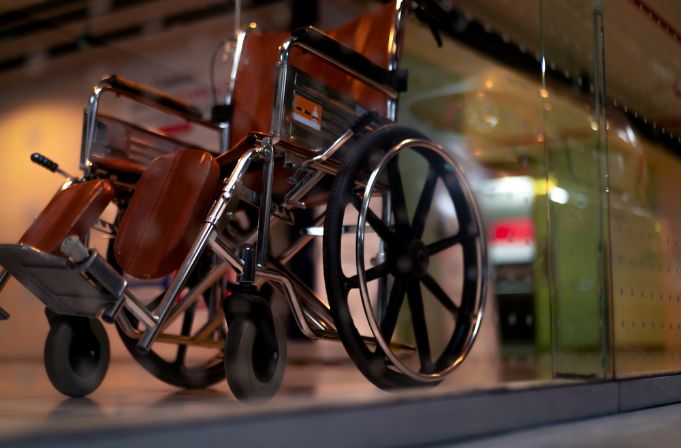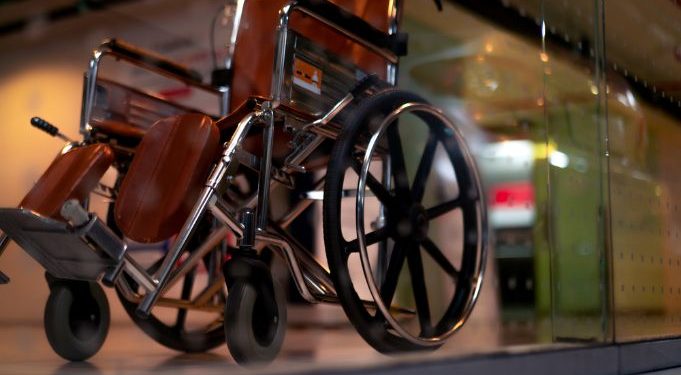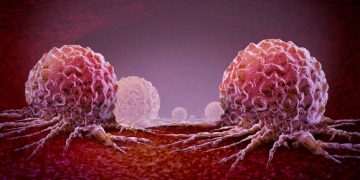Reflex Sympathetic Dystrophy symptoms include pain, swelling, stiffness, and changes in skin color and temperature. These can affect your arms, legs, hands, or feet and can cause problems with breathing, sleeping, eating, and socializing.
Doctors think that RSD is caused by problems with the sympathetic nervous system, which controls blood flow movements. The sympathetic nervous system normally turns on after an injury to help protect you from losing too much blood at the site of the injury and to make sure you have enough blood to repair the injured tissue. When your sympathetic nervous system doesn’t turn off after an injury, the blood vessels get too small and can’t deliver enough blood to your injured area.
This causes pain and swelling at the injury site. It also makes your heart race and blood pressure change. It’s why you feel so anxious and frightened when you’re about to get hurt.
Your doctor may need to test you for RSDS before you receive treatment. They might do a sweat test or a thermography test to see if your blood flow and temperature are different at the affected part of your body than in other parts of your body. These tests can tell your doctor if your sympathetic nervous system is working properly. They also might order X-rays to look for mineral loss in your bones.
Symptoms usually begin in one limb and can spread to the opposite side of your body as the syndrome progresses. They often go away over time but can still interfere with your daily life and lead to disability if left untreated.
Most people with RSD will have a good response to treatment but some will not. Early diagnosis is important to help prevent the symptoms from getting worse.

If you have RSD, your doctor might try to treat it before it gets worse by giving you medications to control your body’s inflammation. These medications can decrease your symptoms and improve your quality of life.
Your doctor might also suggest acupuncture, physical therapy, or other treatments to relieve the symptoms of RSD. These treatments can work to ease your muscle tremors and spasms, decrease stiffness, and reduce pain.
There is no cure for Reflex Sympathetic Dystrophy, but you can manage the symptoms and slow the progression of the condition with medication and physical therapy. You might even be able to do some things that you haven’t been able to do before.
The most common symptoms of Reflex Sympathetic Dystrophy are:
Pain, tingling, and numbness in your limb or hand that is severe or chronic. This can happen in your arm, shoulder, wrist, or elbow. You might also have problems moving your hand or bending your elbow.
In some cases, you might have a rash or itching in your hand or arm. This can be very painful and itchy. It can also be red or purple and itchy.
Some people with RSD have a high risk of developing diabetes, heart disease, or lung problems. You might also be more likely to have anxiety, depression, or post-traumatic stress disorder if you have RSD.









